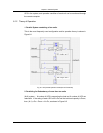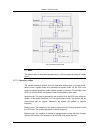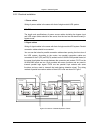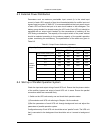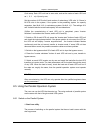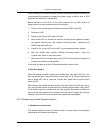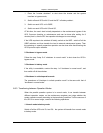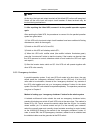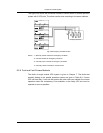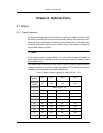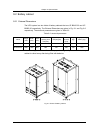
Chapter 8 Parallel System
95
When switching on the parallel system, external maintenance bypass switch KBP is
recommended be equipped to maintain the power supply to load in case of UPS
shutdown due to failure or maintenance.
Before switching on the UPS, all the circuit breakers but the KBP should be
disconnected, the utility powers the user’s load directly.
1. Switch on the internal bypass maintenance switch Q3BP of the UPS
;
2. Disconnect KBP;
3. Switch on the Q2 and Q5 of each UPS unit;
4. When each UPS unit finishes the self test and the bypass operates normally
(the bypass indicator and load indicator illuminate green)
,
disconnect the
Q3BP inside each UPS unit;
5. Switch on Q1 of each UPS unit and QF1 of correspondent battery cabinet;
6. After the rectifier starts (rectifier indicator illuminates green) , press the
“inverter start” button to start the inverter;
7. After each UPS unit’s inverter starts, each UPS unit will transfer from bypass to
inverter and powers the load together.
At this time, the start-up of the UPS parallel operation system is over.
2. Start from battery
When the parallel operation system starts without load, start each UPS unit
,
and
then connect the load. The start process of each UPS unit is the same with that of
start of single UPS, that is, press the “inverter start” button one by one and then
switch on Q5.
When starting the parallel operation system with load, start each UPS unit one by
one, and the start process is same with that of starting single module UPS system.
If the inverter capacity is smaller than the load capacity, the inverter indicator will
flash until the total capacity of the inverters that have start is bigger than the load
capacity. At last, all the inverters that have start power the load together.
8.5.2 Shutdown the Parallel Operation System
1. Shutdown in normal mode
UPS parallel operation system should shut down in normal mode if the periodical
maintenance and repairing are required:




